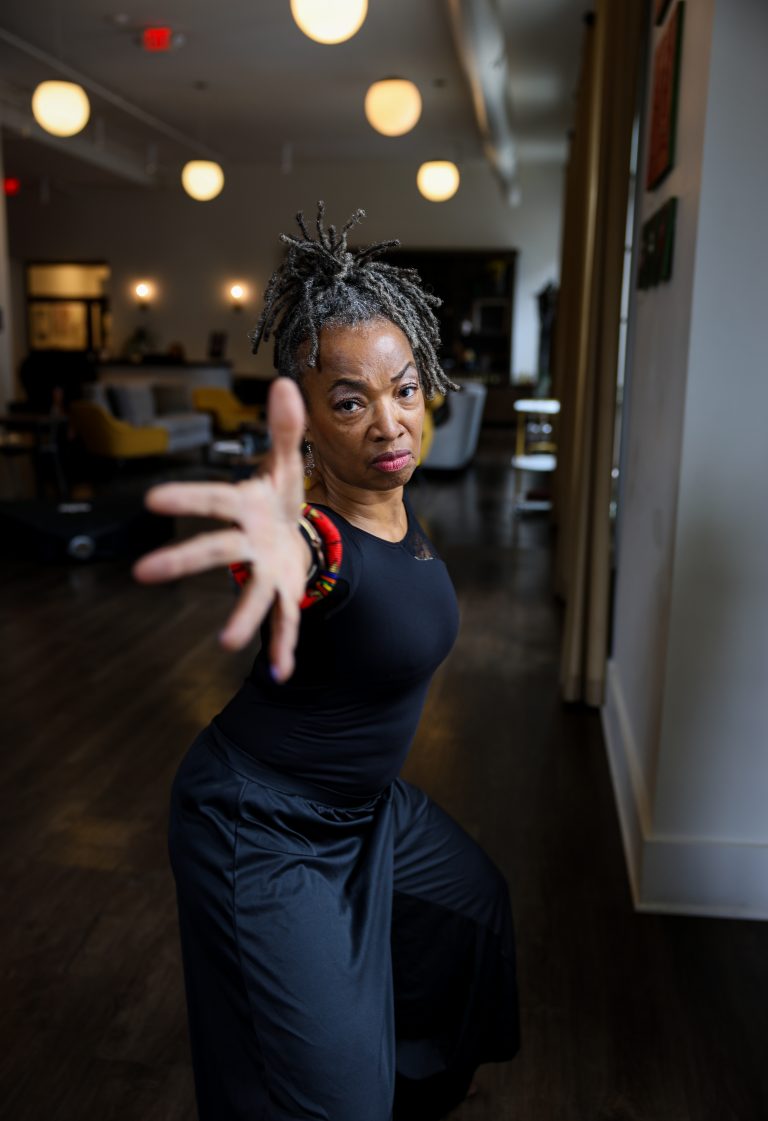How choreographer Norma Jean Barnes and seven other Black women are keeping cultural legacies alive.
By Ervin Dyer, Madison Stokes and Obianuju Okoye
This is the lead story in a series on Pittsburgh’s Black Women Cultural Leaders
Trailblazing educator, public servant and activist Mary McLeod Bethune once said, “Next to God, we are indebted to women, first for life itself, and then for making it worth living.”
In Pittsburgh, we are, indeed, indebted to Black women’s cultural leadership and all the ways in which it promotes and perpetuates Black and African-inspired arts, achievement, systems of beliefs, dress, language, and more. They help to make life here worth living.
Across the Steel City, Black women are taking a lead in championing the spirit and legacy of such hometown luminaries as Pulitzer Prize-winning playwright August Wilson, singer and actress Lena Horne, noted photographer Charles “Teenie” Harris, and sculptor Selma Burke; and they’re also using their talents to advance the power of Black theater and cultivate an appreciation for Black dance, storytelling, song, and the visual arts.
In these women, we found that as well as humility, creativity, commitment, they use their passion, purpose, and ideas to inspire knowledge and change.
The playwright Ntozake Shange said, “Where there is a woman, there is magic.”
The Black Arts Movement poet Kalamu ya Salaam put it this way: “Our women keep our skies from falling.”
BlackPittsburgh reached out to these Black women cultural leaders to learn where their cultural “magic” comes from and why it’s important to wield it in Pittsburgh.
Throughout women’s history month, BlackPittsburgh.com will spotlight the following eight leaders.
• Norma Jean Barnes (dancer and arts management)
• Sahara Nzongola (Pan-African cultural arts)
• Charlene Foggie-Barnett (photographer and archivist)
• Christine McCray Bethea (quilter and mix media artist)
• Sheila Carter (poet and educator)
• Medina Jackson (poet, MC and community educator)
• Joyce Meggerson-Moore (theatre board chair)
• Janis Burley (philanthropic leader)
We begin with dancer Norma Jean Barnes.
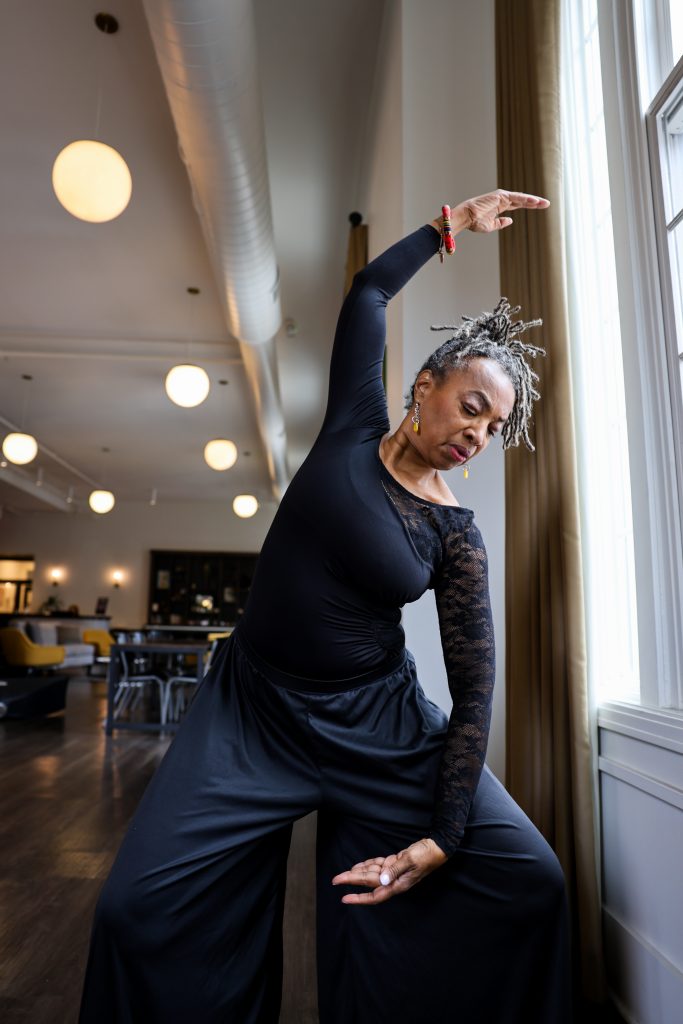
downtown Pittsburgh. Photo Credit: Kara Henderson
Norma Jean Barnes grew up in Manchester, a neighborhood on Pittsburgh’s North Side that she remembers as a close-knit village of elders and children.
The youngest of four children, her father was a jazz musician, who played the vibraphone. He filled the home with the music of John Coltrane, Milt Jackson, Art Blakey, Freddie Hubbard, and Miles Davis.
Her mother was an educator with the Head Start program, and later worked as a customer service representative with ALCOSAN (Allegheny County Sanitary Authority). Barnes remembers her as a kind, meticulous, articulate person, who created a happy and secure childhood despite the family’s modest means.
At a young age, Barnes loved acrobatics and took classes at the Barth School of Dance on Liberty Avenue downtown. Later, she was a competitive gymnast with the National School of Gymnastics in Beechview, on Pittsburgh’s South Side (now known as Gymsport Athletic Center). She competed locally in the uneven parallel bars, horse, balance beam, and excelled in the floor exercises.
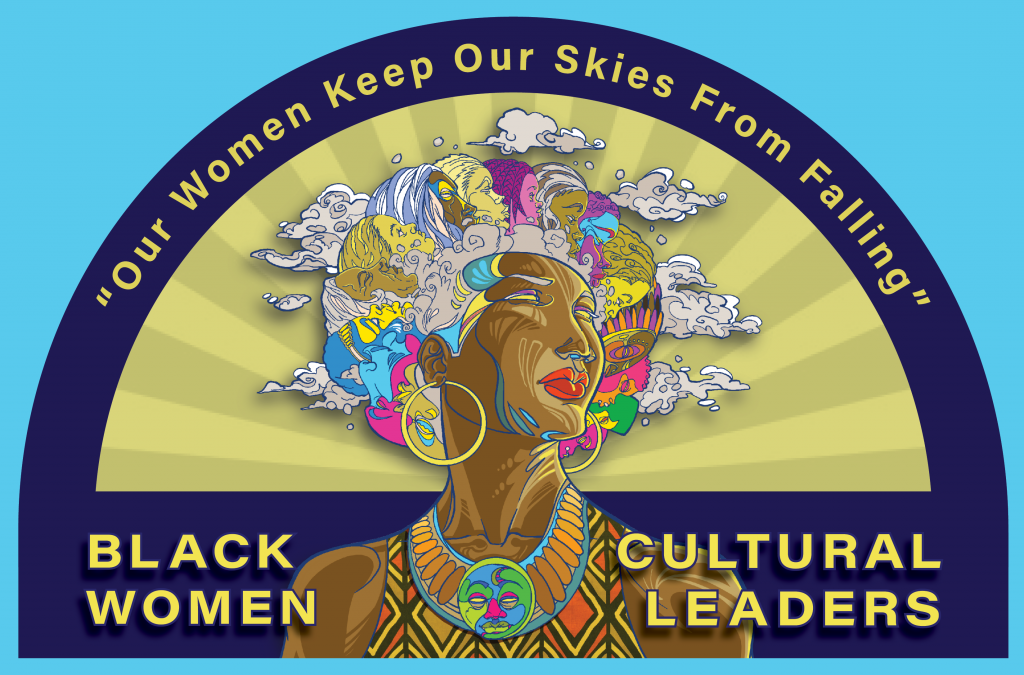
The arts provide a creative outlet for persons of all ages, and abilities, and the arts are
Norma Jean Barnes
opportunities for bringing people together to work toward collective goals, experience fellowship
and build community.
She also took a master dance class with choreographer and dancer George Faison at the St. Joseph’s High School and was inspired to dance by the musical West Side Story. As a teenager, she took ballet and Dunham technique classes with the Pittsburgh Black Theater Dance Ensemble.
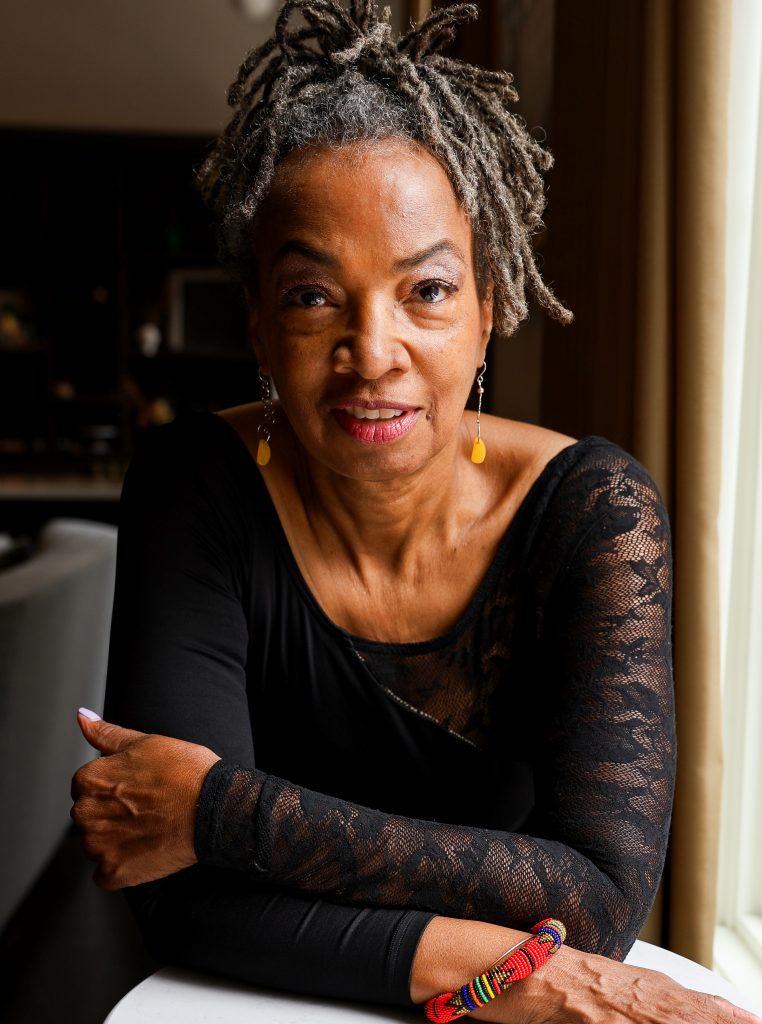
After she saw African American dancer and choreographer Paula Kelly on television, she was determined to try her hand at professional dance. Upon graduating high school, she auditioned for and was accepted to New York’s Adelphi University dance program but was not ready to settle down for study. Instead, after seeing the performers in Ringling Bros. and Barnum and Bailey Circus, she auditioned to be a dancer/ showgirl/ aerialist and toured with the circus for two years.
Afterward, Barnes built her dance education and career in her hometown. She worked with the Pittsburgh Dance Council as a dance presenter for five years, helping to coordinate artist residencies and company logistics for major dance companies such as Alvin Ailey American Dance Theater, Joffrey Ballet, Doug Elkin Dance Company, Sankai Juku, Philadanco, Ballet Hispanico, and so many others. Carolinda Dickey, then the Council’s executive director, helped her to develop skills such as fundraising, marketing, and administration.
“Being exposed to such a wide range of dance companies was enlightening, and broadened my knowledge of the dance field,” says Barnes.
Barnes also attended Point Park University and received a bachelor’s degree in dance and arts management. She then attended New York University, pursuing a graduate program for Performing Arts Management with the Steinhardt School.
Barnes was previously the artistic and executive director for Xpressions Contemporary Dance Company in Pittsburgh. Later, she also helped to implement a year-round art program for dance, theater, writing, music and visual arts classes in White Plains, New York.
Today, Barnes serves as Worship Coordinator with The Arts at Riverside Church in New York City. Wherever she finds herself, she strives to make a difference in her community through her unique artistic and entrepreneurial skills. She strongly believes that the arts should inform, inspire, educate, engage, entertain, challenge, and engender action.
Why do you do this work?
What inspired me to become a dancer and gymnast was that I loved to move, flip, handstand, cartwheel, and dance from a young age. I asked my parents for gymnastics classes, and they were very supportive. Initially I studied acrobatics, and later I joined the gymnastics team at The National School of Gymnastics in Beechview.
Why is this work important in a city like Pittsburgh?
The arts provide a creative outlet for persons of all ages, and abilities, and the arts are opportunities for bringing people together to work toward collective goals, experience fellowship and build community. We need to increase opportunities for rigorous artistic experiences for participants that are led by professional artists. These benefit both artists, participants, and the community.
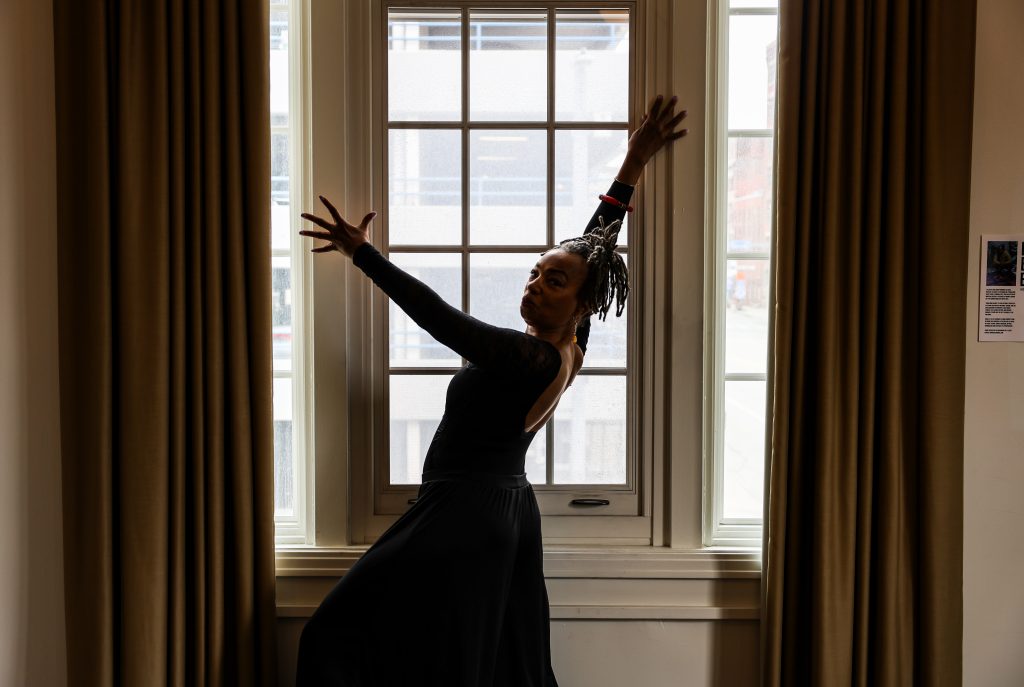
In the past year, what aspect of your work are you most proud of?
Most recently, I directed “The Chocolate Nutcracker,” an African American version of the classical Nutcracker ballet [at the Pittsburgh Project]. We accomplished a lot with an intergenerational cast during a short, rigorous rehearsal period. The play was wonderfully received and attended. Hopefully we can do it again next year. “The Chocolate Nutcracker” spotlighted Pittsburgh’s youth, adult artists, and professional dancers performing African-American diaspora dance, ballet, contemporary dance, and world folk dances.
What skills are needed most for the work that you do.
Creativity, hard work, focus and perseverance. Continue to learn as much as you can in dance, history, politics, current events, the arts, and enjoy what you do! Read as much as you can! Lastly, I think that travel around our country is important and [traveling] internationally as well. You can learn a lot when you travel, meet interesting people, and expand your point-of-view.
What is the importance of cultural knowledge?
It’s important to know who came before you and what they accomplished that you can build upon. After all, there’s nothing new under the sun.
What books are on your nightstand?
I have a Bible and the book “Caste” by Isabel Wilkerson.
You’re on your way to your fantasy concert—who are you going to see?
I’m going to see Josephine Baker, Alvin Ailey American Dance Center’s early dance concerts, and the Katherine Dunham Company. Sounds like an incredible night!
What would you like your cultural legacy to be?
I like to continue creating artistic, health and well-being opportunities for those who come behind me. I’ve already done much of this work with Xpressions Contemporary Dance Company, many of the dancers who performed with me are cultural leaders in Pittsburgh and across the country, and I’m proud of what they have accomplished. I’m hopeful that I can continue to inspire the next generation of artists. I’d like to continue working with creative aging and bring artistic experiences and classes to elders. It’s vital for adults and elders to have a creative outlet as well.
What’s next for you?
I hope to continue teaching and directing dance and theater. And to uphold a high standard in my work.
Ervin Dyer is a writer who focuses his storytelling on Africana life and culture.
Madison Stokes and Obianuju Okoye are with the Pittsburgh Black Media Federation’s Chris Moore Internship program.


